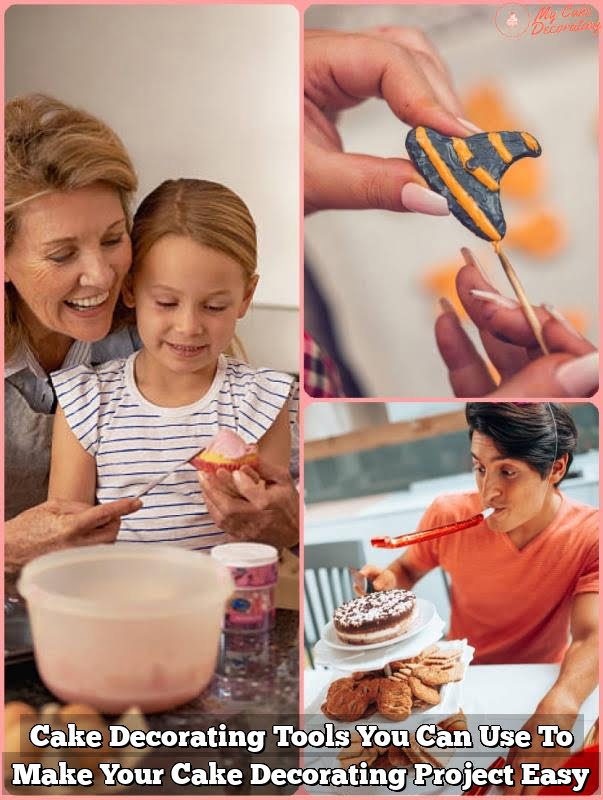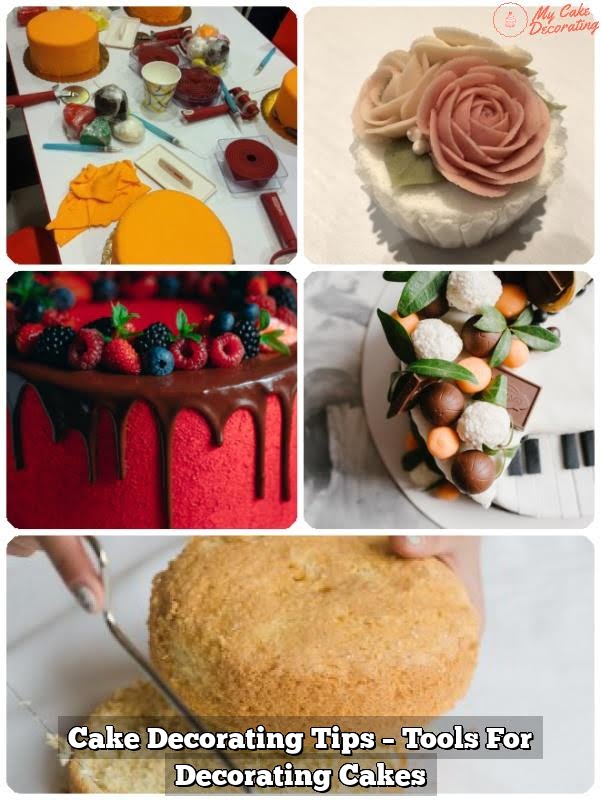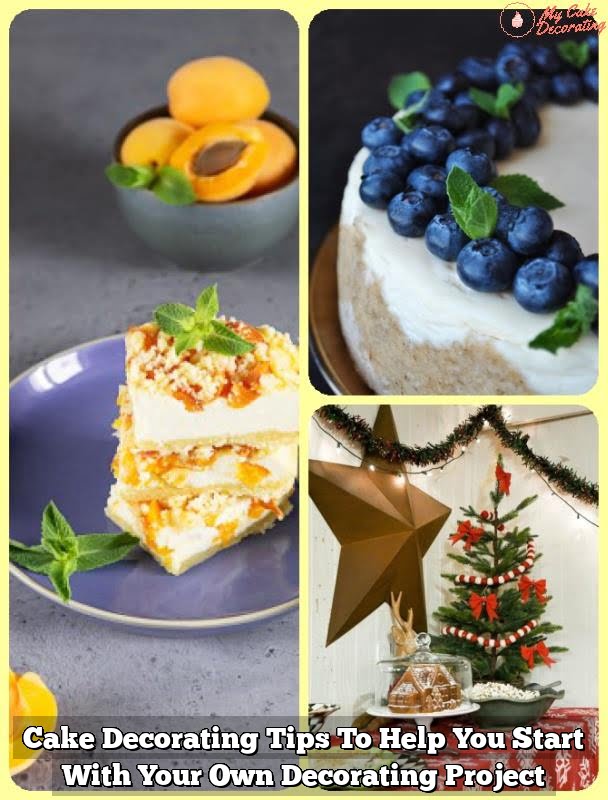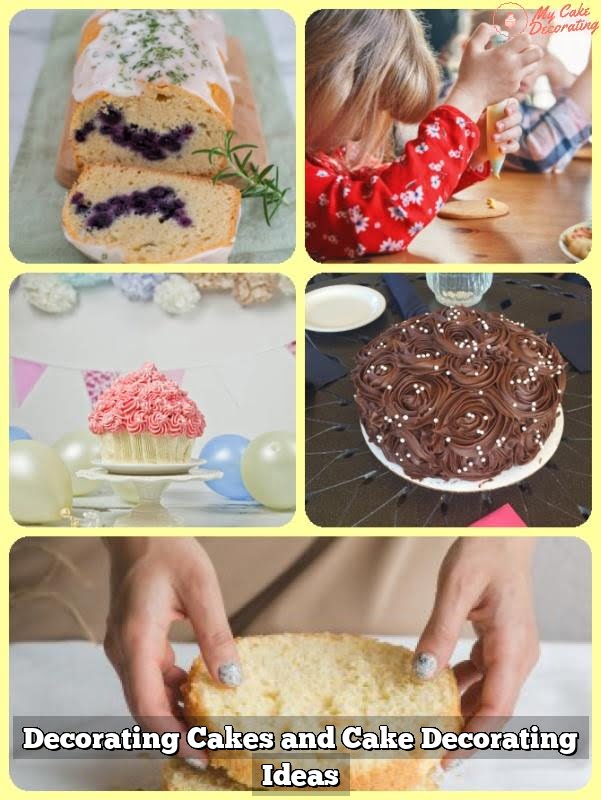What is the best cake for decorating? When it comes to creating a beautifully adorned and visually stunning cake, choosing the right type of cake is crucial. The texture, moisture level, and structural integrity of the cake all play a vital role in its suitability for decorating.
In this article, we will explore the different types of cakes and their suitability for various decorating techniques. Whether you’re planning to use fondant, buttercream, or intricate piping decorations, understanding the importance of selecting the best cake for decorating is key to achieving professional-quality results.
Choosing the right cake for decorating goes beyond just its taste – it’s about finding a balance between flavor and functionality. Different types of cakes have varying textures and crumb structures that can impact how well they hold up under layers of frosting and intricate designs.
Additionally, the level of moisture in a cake can affect its ability to support decorative elements without becoming soggy or crumbling. Understanding these factors will help you make an informed decision when selecting the best cake for your next decorating project.
In the following sections, we will discuss the best cakes for specific decorating techniques such as fondant and buttercream. We will also explore how personal preferences and skill level can influence your choice of cake for decorating. By the end of this article, you’ll have a comprehensive understanding of how different types of cakes measure up in terms of texture, moisture level, and structural integrity – all essential considerations when choosing the best cake for decorating.
Types of Cakes
When it comes to decorating a cake, choosing the right type of cake is crucial for achieving the desired result. Different types of cakes offer different textures, moisture levels, and structural integrity, all of which can play a significant role in the success of your decorating endeavors.
Here are some common types of cakes and their suitability for decorating:
- Sponge Cake: Sponge cakes are light and airy, making them an excellent choice for decorating with fondant. Their soft texture provides a smooth canvas for fondant decorations, and they can hold up well under the weight of intricate designs.
- Butter Cake: Butter cakes have a tender crumb and rich flavor, making them ideal for buttercream frosting and decoration. Their dense yet moist texture allows for easy frosting application and smooth finishing.
- Red Velvet Cake: Red velvet cakes have a slightly tangy flavor and vibrant color, making them a popular choice for decorative cakes. They work well with cream cheese frosting and can be used as a base for elaborate designs.
It’s important to consider the characteristics of each type of cake when choosing the best one for your decorating project. Ultimately, the best cake for decorating depends on the specific design you have in mind and your personal preferences.
When considering what is the best cake for decorating, it’s essential to take into account factors such as the texture, moisture level, and structural integrity of the cake. These elements will ultimately determine how well the cake holds up under various types of decorations and how successful your final product will be.
Best Cake for Fondant
When it comes to cake decorating, choosing the right type of cake is crucial for a successful outcome. Fondant decorations, in particular, require a cake with specific qualities to ensure that the decorations adhere properly and look their best. So, what is the best cake for decorating with fondant?
The best cake for fondant decorations is one that has a dense and sturdy texture. Cakes such as pound cake, sponge cake, or mud cake are excellent choices for fondant decorating due to their ability to hold the weight of the fondant without collapsing or losing shape. These types of cakes provide a solid base for elaborate fondant designs and intricate decorations.
In addition to having a dense texture, the best cake for fondant decorations should also be moist. The moisture of the cake helps the fondant adhere to the surface without drying out or cracking. A dry or crumbly cake can cause issues when applying and shaping fondant decorations, so it’s important to choose a moist cake that will provide the ideal foundation for your creative designs.
Best Cake for Buttercream
When it comes to decorating a cake with buttercream frosting, the type of cake you choose can make a big difference in the outcome. Different cakes have different textures, moistures, and structural integrity, all of which can affect how well they hold up to buttercream decoration. Here are some types of cakes that are ideal for buttercream frosting and decoration:
1. Vanilla Cake: A classic choice for buttercream decoration, vanilla cake has a soft and fluffy texture that provides a smooth canvas for frosting. Its neutral flavor also allows the buttercream to shine without competing with other flavors.
2. Chocolate Cake: Rich and decadent chocolate cake pairs well with creamy buttercream frosting. Its sturdy and moist texture can withstand the weight of heavy decorations, making it a great option for elaborate designs.
3. Red Velvet Cake: With its vibrant red color and subtle cocoa flavor, red velvet cake is another popular choice for buttercream decoration. Its slightly dense yet velvety texture provides a stable base for intricate piping and designs.
The best cake for decorating with buttercream ultimately depends on personal preferences and the specific design or theme being created. Some decorators may prefer a denser cake that can hold up to complex decorations, while others may prioritize a light and airy texture that complements the smoothness of buttercream frosting.
Additionally, considering the skill level of the decorator is important when choosing the best cake for buttercream decoration – beginners may find it easier to work with sturdier cakes, while experienced decorators may enjoy the challenge of working with more delicate textures. Ultimately, finding the ideal cake for decorating with buttercream requires experimentation and an understanding of how different types of cakes interact with frosting and decorations.
Texture and Crumb
When it comes to decorating a cake, the texture and crumb of the cake play a crucial role in determining the success of the decoration. Certain types of cakes are better suited for decorating due to their texture and crumb, making them an ideal choice for various techniques such as frosting, piping, and fondant decorations. Understanding how the texture and crumb of a cake can affect its suitability for decorating is essential for achieving professional-looking results.
One of the key factors to consider when choosing the best cake for decorating is the density and structure of the cake. A cake with a fine, even crumb and a moist yet firm texture provides a stable base for intricate decorating techniques.
Cakes with a tighter crumb tend to hold up better under layers of frosting or fondant, making them an excellent choice for elaborate designs. On the other hand, cakes with a more open crumb structure may not provide the same level of stability and support for decorative elements.
In addition to texture, the type of ingredients used in a cake can also impact its suitability for decorating. For example, butter-based cakes tend to have a denser texture compared to sponge cakes, which have a lighter and airier crumb. Understanding these differences can help decorators choose the best cake for their specific design needs.
| Texture | Suitability for Decorating |
|---|---|
| Fine, even crumb | Provides stable base for intricate designs |
| Tighter crumb | Holds up better under layers of frosting or fondant |
| Open crumb structure | May not provide same level of stability and support for decoration |
Moisture Level
When it comes to choosing the best cake for decorating, moisture level plays a crucial role in the success of your decorative efforts. A cake that is too dry can crumble and make it difficult to work with, while a cake that is too moist may not hold up well under the weight of decorations. Finding the right balance is essential for a cake that is both delicious and easy to decorate.
One of the best types of cake for decorating in terms of moisture level is a classic sponge cake. Sponge cakes are known for their light and airy texture, as well as their ability to absorb syrups and fillings without becoming soggy. This makes them an excellent choice for layered cakes with intricate decorations, as they provide a stable base while still retaining moisture.
Another option for those seeking a moist cake for decorating is a chiffon cake. Chiffon cakes are made with oil, which helps keep them moist and tender. Additionally, they have the structural integrity to support elaborate decorations such as fondant or piped buttercream. The lightness of chiffon cakes also makes them an ideal choice for layered constructions that require stability without sacrificing moisture.
Ultimately, the best cake for decorating in terms of moisture level will depend on your personal preference and the specific design you have in mind. Whether you prefer a classic sponge cake, a rich chocolate cake, or a flavorful carrot cake, finding the right balance of moisture and stability is key to creating stunning and delicious decorated creations.
Structural Integrity
When it comes to decorating a cake, one of the key factors to consider is the structural integrity of the cake. A cake’s structural integrity refers to its ability to support and hold up any intricate decorations or tiers without collapsing.
This is especially important for elaborate designs such as tiered cakes, sculpted cakes, or gravity-defying creations. Understanding how the structural integrity of a cake can impact the overall success of your decorating efforts is essential for creating stunning and professional-looking cakes.
Ingredients Matter
The ingredients used in a cake can greatly affect its structural integrity. For example, using a high-quality cake flour can result in a finer crumb structure that holds up well under heavy decorations.
On the other hand, over-mixing the batter can lead to a tough and dense cake that may not be able to support intricate designs. It’s important to choose recipes with ingredients and mixing methods that will result in a light and airy yet sturdy cake.
Layering and Support
In addition to the actual composition of the cake, how it is layered and supported also plays a crucial role in its structural integrity. For tiered cakes, using dowels or internal supports between layers is essential for preventing collapse.
Properly stacking and securing each layer ensures that the weight of the upper tiers does not cause any shifting or sinking of the lower tiers. It’s also important to consider using a denser, more stable type of cake for bottom tiers that need to support additional weight.
Practice Makes Perfect
Lastly, while choosing a cake with good structural integrity is important, so is practicing your decorating skills. No matter what type of cake you choose, honing your techniques and understanding how to properly handle and assemble decorative elements will ultimately contribute to the success of your final creation.
Whether you’re working with fondant, buttercream, royal icing, or other materials, having a solid foundation in cake decorating will help you achieve beautiful results regardless of the type of cake you use. Remember that no matter which best cakes for decorating you choose they should always have great texture filling everyone’s taste buds.
Personal Preferences
When it comes to choosing the best cake for decorating, personal preferences and skill level play a significant role in the decision-making process. Whether you are a beginner or an experienced decorator, understanding your personal preferences is key to selecting the right type of cake for your creative endeavors.
Experience Level
For beginner decorators, starting with a simple sponge cake or a box mix may be the best option. These types of cakes are easy to work with and provide a forgiving canvas for practicing basic decorating techniques. As decorators gain experience and confidence, they may choose to work with more delicate cake varieties such as chiffon or genoise.
Flavor Preferences
Personal taste is another important factor when choosing the best cake for decorating. Some decorators may prefer a rich and dense chocolate cake as the base for their creations, while others may opt for a light and fluffy vanilla sponge. Considering flavor preferences ensures that not only does the cake look beautiful, but it also tastes delicious.
Special Dietary Needs
For those with special dietary needs or restrictions, such as gluten-free or vegan requirements, it is essential to choose a cake that accommodates these considerations. Fortunately, there are many cake recipes available that cater to various dietary preferences without compromising on flavor or texture.
Understanding how personal preferences and skill level can influence the choice of the best cake for decorating allows decorators to create stunning confections that not only look beautiful but also reflect their individual style and expertise. By taking these factors into account, decorators can ensure that they select the perfect canvas for their creative visions.
Conclusion
In conclusion, the choice of the best cake for decorating ultimately depends on the type of decoration you plan to use, your personal preferences, and your skill level. For fondant decorations, a denser and more stable cake such as a pound cake or sponge cake is recommended.
These types of cakes can hold up well under the weight of fondant and intricate designs. On the other hand, if you prefer using buttercream for decorating, a moist and fluffy cake like a chiffon or angel food cake would be more suitable.
When considering texture and crumb, it is important to remember that a more fine-grained crumb provides a smoother surface for decorating. Cakes with a tighter crumb structure such as a classic yellow cake or chocolate fudge cake are ideal for detailed decorations. Additionally, the moisture level of the cake plays a crucial role in successful decorating. A moist cake prevents crumbling and makes it easier to work with when applying frosting or fondant.
Lastly, regardless of the type of decoration or personal preference, structural integrity is key when selecting a cake for decorating. A sturdy and stable base will support elaborate designs without compromising the overall appearance. With these considerations in mind, choosing the best cake for decorating becomes an informed decision based on your specific needs and creative vision. Ultimately, understanding how different types of cakes can influence your decorating process will help you achieve stunning results every time.
Frequently Asked Questions
What Type of Cake Is Easiest to Decorate?
The type of cake that is easiest to decorate would be a simple sheet cake or a round layered cake with smooth surfaces. These types of cakes provide a clean canvas for icing and decorations, making it easier to work with.
What Type of Cake Is Best for Stacking?
A dense and sturdy cake such as a pound cake or a butter cake is best for stacking. These cakes can hold the weight of multiple layers without collapsing, which is important when creating tiered cakes or elaborate designs.
What Is Best to Use to Make Cake Decorations?
Fondant, gum paste, and modeling chocolate are some of the best options to use when making cake decorations. They are pliable and can be molded into various shapes and designs, allowing for intricate and detailed decorations to adorn the cake.

Welcome to my blog about home and family. This blog is a place where I will share my thoughts, ideas, and experiences related to these important topics. I am a stay-at-home mom with two young children. I hope you enjoy reading it! and may find some helpful tips and ideas that will make your home and family life even better!





